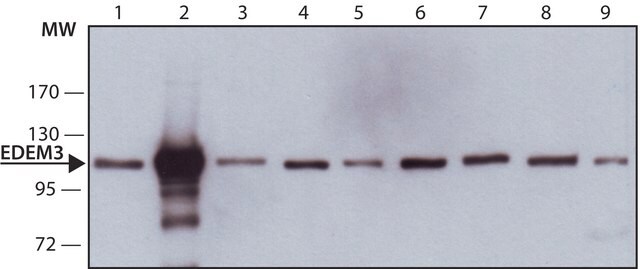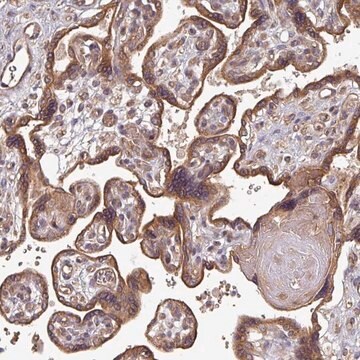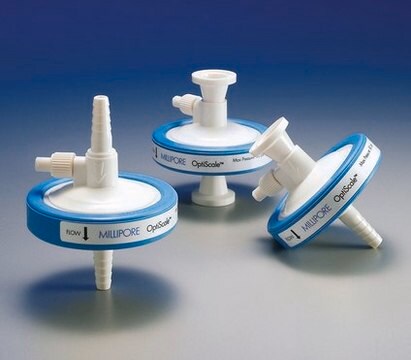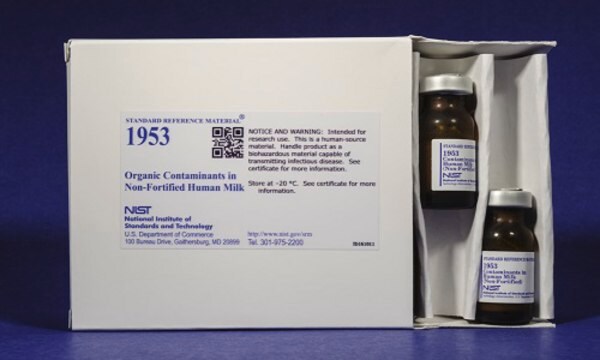E8406
Anti-Parvalbumin Antibody
rabbit polyclonal
Sinónimos:
Anti-EDEM, Anti-ER degradation enhancer
About This Item
Productos recomendados
Nombre del producto
Anti-EDEM1 antibody produced in rabbit, affinity isolated antibody, buffered aqueous solution
origen biológico
rabbit
conjugado
unconjugated
forma del anticuerpo
affinity isolated antibody
tipo de anticuerpo
primary antibodies
clon
polyclonal
Formulario
buffered aqueous solution
mol peso
antigen 65 kDa (nonglycosylated human and mouse EDEM1)
antigen 75 kDa
reactividad de especies
human, mouse
técnicas
immunoprecipitation (IP): 0.5-1.0 μg using extract HEK-293T cells expressing recombinant mouse EDEM1 protein.
western blot: 0.5-1.0 μg/mL using whole extracts of HEK-293T cells expressing recombinant human EDEM1.
Nº de acceso UniProt
Condiciones de envío
dry ice
temp. de almacenamiento
−20°C
modificación del objetivo postraduccional
unmodified
Información sobre el gen
human ... EDEM1(9695)
mouse ... Pvalb(19293)
Descripción general
weight 65 kDa.
Inmunógeno
Aplicación
- Immunoprecipitation at a concentration of 0.5-1.0μg using extract HEK-293T cells expressing recombinant mouse EDEM1 protein.
- Western blotting at a concentration of 0.5-1.0μg/mL using whole extracts of HEK-293T cells expressing recombinant human EDEM1.
- Immunofluorescence Microscopy.
- Immunoblotting
Western Blotting (1 paper)
Acciones bioquímicas o fisiológicas
Forma física
Cláusula de descargo de responsabilidad
¿No encuentra el producto adecuado?
Pruebe nuestro Herramienta de selección de productos.
Producto relacionado
Código de clase de almacenamiento
10 - Combustible liquids
Punto de inflamabilidad (°F)
Not applicable
Punto de inflamabilidad (°C)
Not applicable
Equipo de protección personal
Eyeshields, Gloves, multi-purpose combination respirator cartridge (US)
Elija entre una de las versiones más recientes:
¿Ya tiene este producto?
Encuentre la documentación para los productos que ha comprado recientemente en la Biblioteca de documentos.
Nuestro equipo de científicos tiene experiencia en todas las áreas de investigación: Ciencias de la vida, Ciencia de los materiales, Síntesis química, Cromatografía, Analítica y muchas otras.
Póngase en contacto con el Servicio técnico








